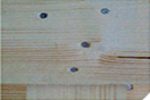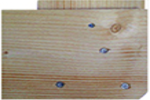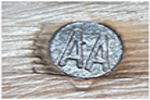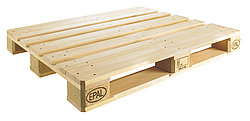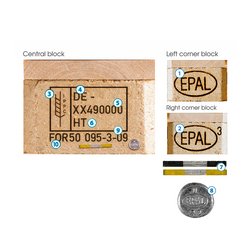EPAL3
EPAL 3 is the new Asian standard in the EPAL product range. It ensures the smooth national and international transport of goods.
- EPAL pallets are safe worldwide and across borders.
- EPAL pallets guarantee smooth transport of your goods.
- EPAL pallets ensure stable storage of your goods.
- EPAL pallets ensure maximum occupational safety thanks to their high quality.
- Product Sheet
SPECIFICATIONS
Boards: 13
Nails: 84
Blocks: 9
Length: 1,000 mm
Width: 1,200 mm
Height: 144 mm
Weight: approx. 30 kg
Safe working load: 1,500 kg
When stacking laden pallets on a solid, even surface, the bottommost pallet must not exceed a load of max. 4,500 kg.
MARKINGS
1/2 Branded markings of the European Pallet Association e.V.
3 IPPC branded marking in accordance with the national plant protection rules (mandatory since 01/01/2010 for EPAL pallets)
4 Country code
5 Registration number of the responsible Plant Protection Authority
6 Method of treatment (heat treatment)
7 EPAL control staple (mandatory)
8 Repair marking nail (only present if the pallet is a repaired EPAL pallet)
9 Licence number – Year – Month
10 FOR50
DETAILS
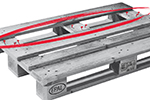
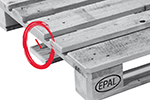
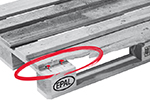
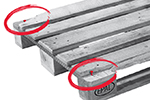
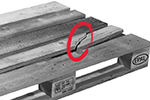
- The safe working load is no longer guaranteed (rotten and decayed, heavy splintering, damaged stringers).
- The pallet is contaminated in such a way that this may lead to the contamination of the payload.
- Heavy splintering is visible on several blocks.
- Unacceptable components have clearly been used (e.g. boards that are too thin, blocks that are too small).
- EPAL pallets may only be repaired by licensed repair operations.
- The repairing of EPAL pallets without an EPAL licence shall be legally prosecuted.
- Only dimensionally accurate components may be used in accordance with the EPAL Technical Regulations.
- Following repair, EPAL pallets should meet the quality classification for fit for use.
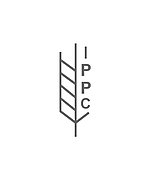
- Since 01/01/2010, all newly produced EPAL pallets are heat treated in accordance with ISPM 15.
- EPAL pallets treated according to ISPM 15 can be recognised by the branded markings on both central blocks on the long sides.
- It is prohibited to treat EPAL pallets with methyl bromide (MB).
- EPAL 3 pallet bottom and stringer boards must have a thickness of between 22 and 24 mm (stringers up to 25 mm), deck boards at least 17 mm.
- There must not be any wanes on the stringers.
- Poplar wood is not permitted for stringers.
- The bottom boards must be chamfered on the upper edge of both 1200-mm sides.
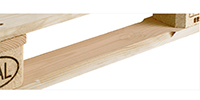
Chamfered bottom boards
- The position of the 84 nails used is stipulated in order to guarantee the diagonal rigidity of the pallet.
- The nail pattern must be even and repetitive.
- In accordance with the construction standard, the nails must be positioned with the greatest possible distance between them and at least 20 mm from the edges of the components.
- All nails used to construct EPAL pallets bear a head marking comprising two letters.
- Only those nails that have been approved by EPAL, and which have additionally been verified by a neutral testing institute, may be used to assemble EPAL pallets.
